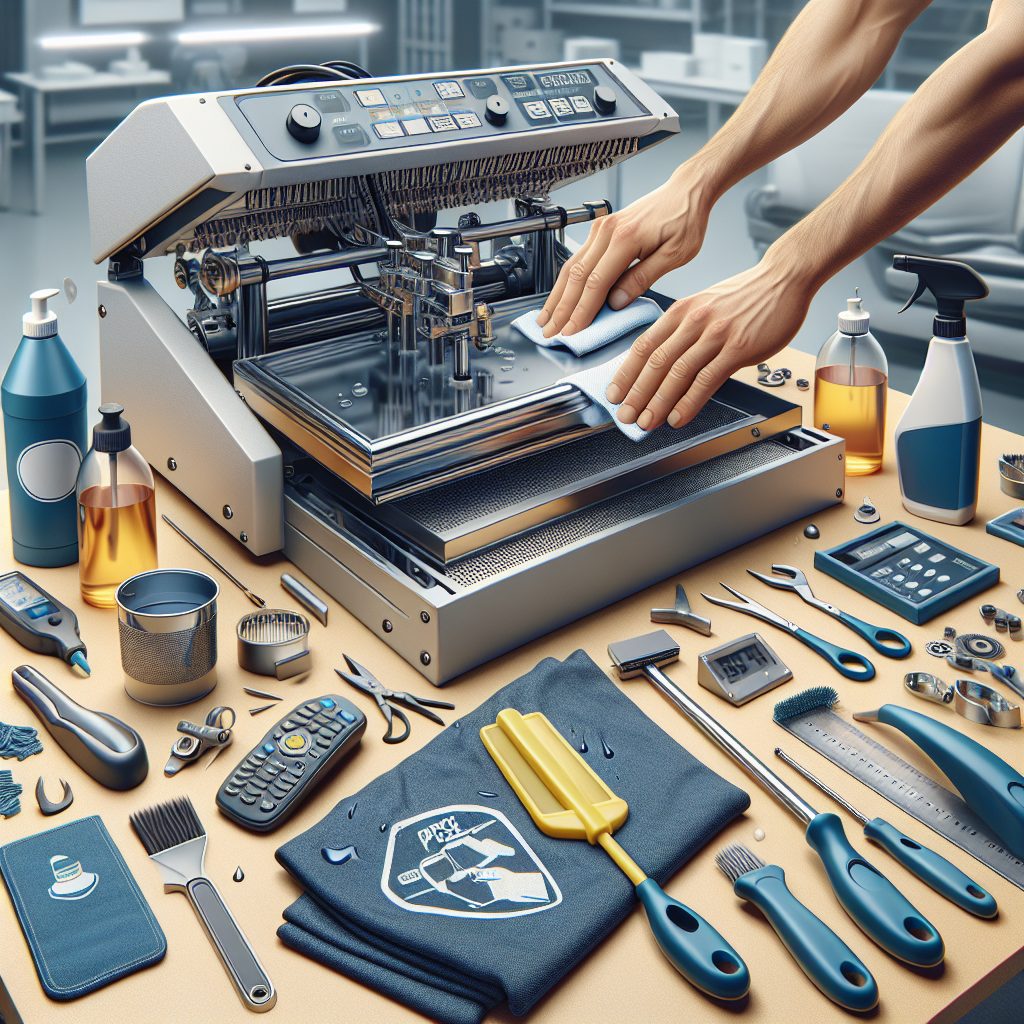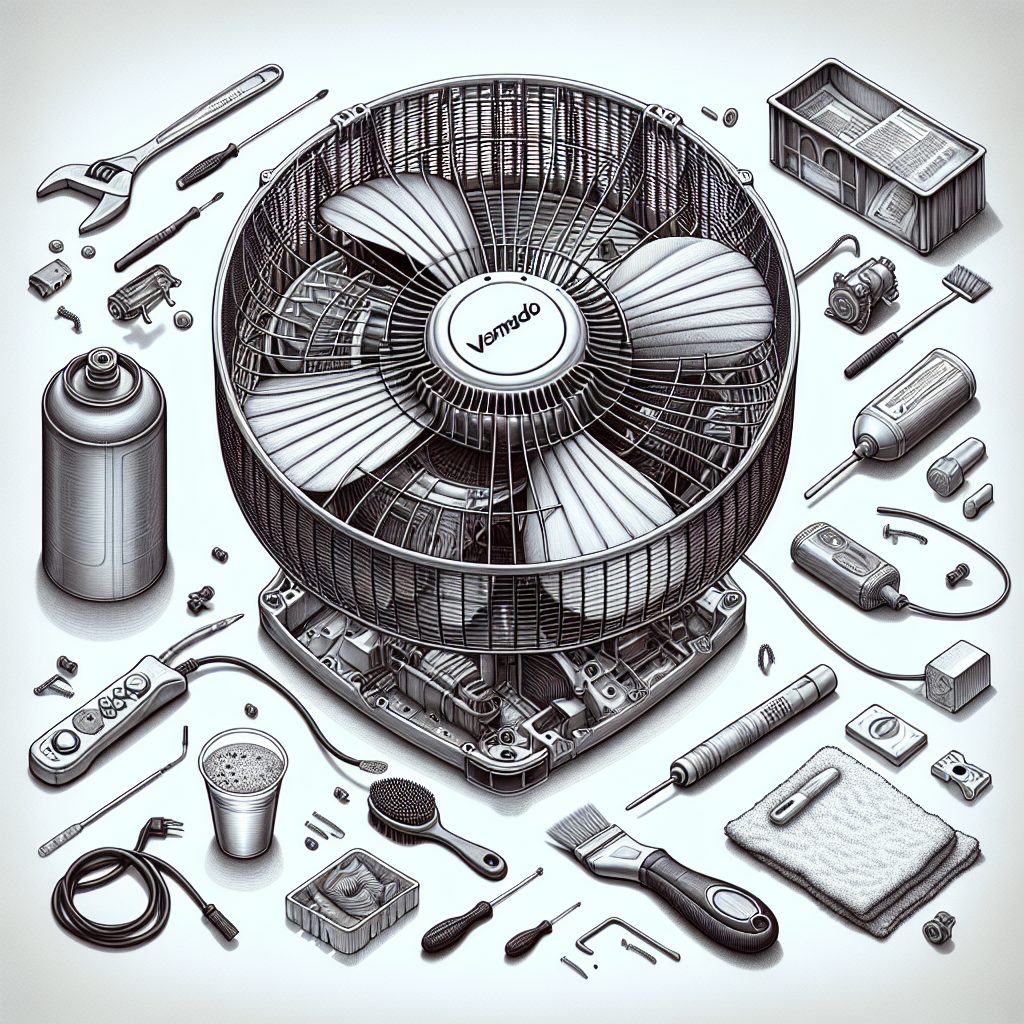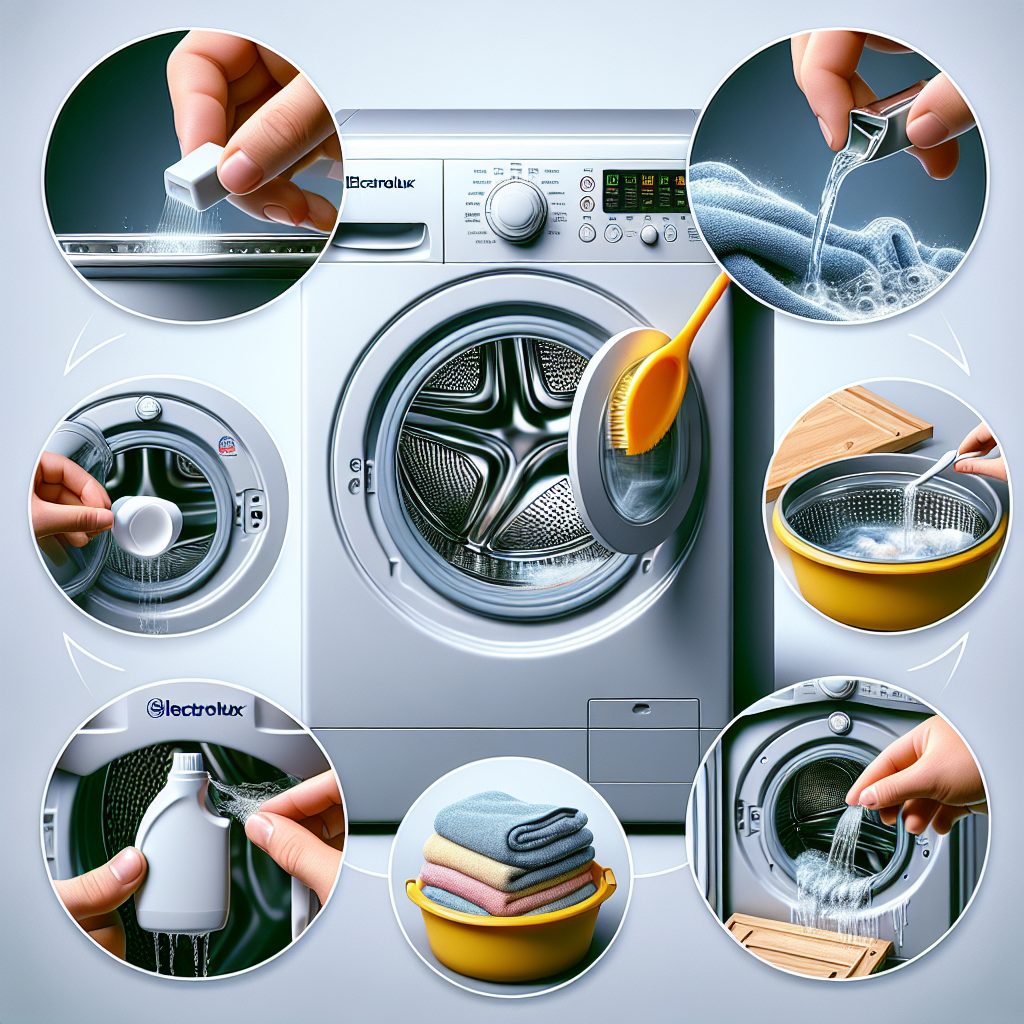
A heat press is an indispensable tool for transferring designs onto various materials, but its efficiency can be greatly diminished by the buildup of ink, adhesive, and other residues. Over time, this accumulation not only compromises the quality of the imprints but can also transfer unwanted smudges or stains to future projects. Surprisingly, many users overlook the importance of keeping their heat press clean, despite the fact that a pristine platen can significantly enhance both the machine’s performance and the vibrancy of finished products. Therefore, understanding how to clean a heat press effectively becomes essential knowledge for maintaining a crisp, professional finish on each item you produce.
As we delve deeper into the world of heat press maintenance, the coming sections of this guide will reveal a series of key takeaways to ensure your heat press remains in prime condition. We will explore the variety of cleaning methods suitable for different types of presses and discuss the recommended products and techniques that help in removing even the most stubborn of residues. These insights aim to equip you with a foolproof cleaning strategy, which will not only extend the lifespan of your heat press but also guarantee that your creations reflect the highest standard of your craftsmanship. With these practical tips, you will be ready to tackle the nuances of heat press cleaning with confidence and ease.
Key Takeaways
1. Regular maintenance is crucial for the longevity of a heat press. Before cleaning, the press should be unplugged and completely cooled down to prevent injury or damage to the equipment. Surface cleaning should be done using a soft cloth and a mild cleaning agent, avoiding abrasive materials or harsh chemicals that can harm the press’s surfaces.
2. To clean the upper platen, it’s recommended to use a non-abrasive cleaner that is suitable for the platen’s material. For persistent stains or residues, gently rub the area with a soft cloth dampened with isopropyl alcohol. Ensuring the cleaner does not drip into the sensitive mechanical parts of the press is important to prevent damage.
3. The silicone pad, often found on the lower platen, can usually be wiped clean with a damp cloth. In cases where the pad is extensively soiled or adhesive has accumulated, a more thorough cleaning with a manufacturer-recommended cleaning solution may be necessary. If the silicone pad becomes too worn or damaged, replacing it may be required to maintain proper pressing functionality.
4. For the heat press’s metal surfaces, a mixture of water and mild detergent effectively removes grime and fingerprints. A soft-bristled brush can help dislodge any stubborn deposits. Afterward, a dry cloth should be used to remove any remaining moisture, protecting the metal from potential rust or corrosion.
5. Cleaning accessories, including the alignment tools and other removable parts, should be a part of the regular cleaning routine. These components can be wiped down with a clean cloth dampened with water or an appropriate cleaner. Proper care of these accessories ensures accurate placement and pressure during the heat transfer process, which is essential for high-quality results.
What Is the Best Way to Clean a Heat Press Machine?
Understanding the Importance of Regular Maintenance
Maintaining a clean heat press is not only crucial for the longevity of the machine but also to ensure the quality of the presses on your materials. Residual inks, adhesives, and other contaminants can accumulate and transfer onto the next printing project, causing unsatisfactory results. Regular cleaning helps in achieving consistent, high-quality outcomes and extends the life of your heat press.
Gathering the Essential Cleaning Supplies
Before you start the cleaning process, it is important to gather all the necessary supplies. These include a high-quality heat press cleaning kit that is specifically designed for the task. The kit often contains a non-abrasive cleaning solution, soft cloths or sponges, and potentially a small brush. For more stubborn residues, you may also need a scraper made of a material that will not scratch the heat platen.
Step-by-Step Guide to Cleaning the Heat Platen
When cleaning the heat platen, the machine should be turned off and unplugged, ensuring it is cool to prevent any burns. Apply a thin layer of the cleaning solution onto the platen surface. With a soft cloth, carefully wipe the platen to remove any residue. If you encounter tougher deposits, gently scrub them with a sponge or brush designed for the purpose. Once clean, wipe the platen down with a damp cloth to remove any remaining solution, then dry it completely with a clean cloth.
Caring for the Silicone Pad and Rubber Mat
The silicone pad and rubber mat are also integral to the heat press’s functioning. To clean, remove any debris or lint using a lint roller or soft brush. If the silicone pad or rubber mat is soiled with ink or adhesive, use a cleaning solution approved for use with these materials and dab the area gently with a clean cloth until the stain lifts. Do not oversaturate the pad with liquid as it may degrade the materials. Allow it to air dry before using the press again.
Addressing the Exterior and Accessories
The exterior of your heat press, including the handle and digital panels, should be wiped down regularly with a soft, slightly damp cloth. For the accessories—such as pillows, pads, and platens that you attach to the press—follow the manufacturer’s guidance for cleaning. Usually, a gentle wipe-down with a mild cleaning solution will suffice.
Special Consideration for Cleaning Heat Press Teflon Sheets
Cleaning Teflon sheets, if your press uses them, should be done with care to avoid tearing. After the heat press has cooled, gently wipe the Teflon sheet with a soft cloth and a mild soap solution. Rinse with a damp cloth and dry thoroughly. Do not use abrasive materials or strong chemicals that could damage the non-stick surface.
Troubleshooting Common Cleaning Challenges
For sticky substances that are difficult to remove, such as vinyl or plastic that has melted onto the heat platen, a specialized adhesive remover can be applied sparingly after the press has cooled. Another technique is to use a piece of the same material that caused the mess to dab at the residue while it’s still warm (not hot), which can often lift it away without the need for chemicals. If any abrasion is required, ensure you are using an item that will not scratch or damage the heat platen.
Maintenance Schedule for Optimal Performance
To ensure your heat press operates efficiently, it is good practice to perform a light cleaning after each use and a more thorough cleaning on a weekly or monthly basis, depending on the frequency of use. Keep a maintenance log to track cleaning sessions and note any areas that need special attention for future reference.
What Are the Top Tips for Keeping Your Heat Press in Pristine Condition?
- Turn off and unplug your heat press before cleaning to avoid the risk of injury or damage.
- Use recommended cleaning solutions and tools to prevent scratching or degrading sensitive components.
- Clean the platen after every use to prevent ink, adhesive, and other residues from building up.
- Inspect the silicone pad and rubber mat regularly for wear and tear, replacing them as needed for consistent pressure distribution.
- Maintain a regular cleaning schedule and log to ensure your heat press remains in top working condition.
- Avoid the use of sharp or metal objects for removing residues to protect the heat platen’s surface.
- Consult your heat press manual for specific cleaning recommendations pertaining to your model.
What products should I use to clean my heat press?
To clean your heat press, it is often recommended to use a non-abrasive cleaning agent such as a soft rag or towel lightly dampened with rubbing alcohol for the upper platen. Avoid using harsh chemicals or abrasive materials that could damage the heat press surfaces.
Can I use water to clean the heat press?
It is not recommended to use water, especially not in large quantities, as it could damage the electrical components of the heat press. A slightly damp cloth can sometimes be used for wiping down non-electrical parts, but always refer to your heat press manual for specific instructions.
How often should I clean my heat press?
The frequency of cleaning your heat press can vary depending on how much you use it, but a good rule of thumb is to give it a basic wipe-down after each use, with a more thorough cleaning every few weeks or when you notice buildup that could affect its operation.
Can the residue on the heat press affect the quality of my transfers?
Absolutely. Residue on the heat press platens can cause uneven pressure and heat distribution, leading to poor quality transfers. Keeping your heat press clean helps ensure consistently high-quality results.
What’s the best way to clean the rubber pad on the lower platen?
The rubber pad should be cleaned gently to avoid damage. You can wipe it with a soft cloth, lightly dampened with a mild detergent solution or rubbing alcohol, making sure to dry it thoroughly afterward.
Should I use a protective cover sheet when cleaning?
Using a protective cover sheet isn’t necessary for cleaning, but it’s good practice to use one during heat pressing to prevent stains and make cleaning easier.
What do I do if the adhesive residue doesn’t come off?
If you encounter a particularly stubborn adhesive residue, you can lightly warm up the platen to make the adhesive more pliable and then gently scrape it off with a wooden or rubber spatula, taking care not to scratch the surface.
Are there any preventive measures to keep my heat press cleaner for longer?
Regular maintenance, using proper transfer materials, and utilizing protective sheets can greatly reduce the need for frequent cleaning and can extend the life of your heat press.
Is it safe to use a metal scraper to remove substances stuck on the platen?
It is not advised to use a metal scraper or any sharp tools on the platen as they can scratch or damage the surface, compromising the heat press’s effectiveness. Stick to soft, non-metallic scrapers for safety.
How can I ensure I don’t damage my heat press while cleaning?
Always refer to the manufacturer’s manual for specific guidelines, use the correct cleaning solutions and tools, handle your heat press gently, and avoid harsh chemicals or abrasive materials.
Final Thoughts
Cleaning your heat press is crucial for maintaining its performance and ensuring the quality of your heat transfers. A well-maintained heat press not only guarantees consistent results but also prolongs the life of the machine. By following a regular cleaning routine with the correct methods and materials, as highlighted in this guide, you can easily keep your heat press in top condition. Remember, cleaning your heat press should not be an afterthought—it’s an integral part of your heat-pressing process that commands attention.
Take the time to clean your heat press correctly and carefully after every use, and you’ll find that it pays off in the long run with fewer issues and better-quality products. Regular maintenance not only saves you time and money but also reflects your commitment to quality in every item that you produce. Keep this guide handy, and cleaning your heat press will become an effortless, yet effective part of your daily routine.


